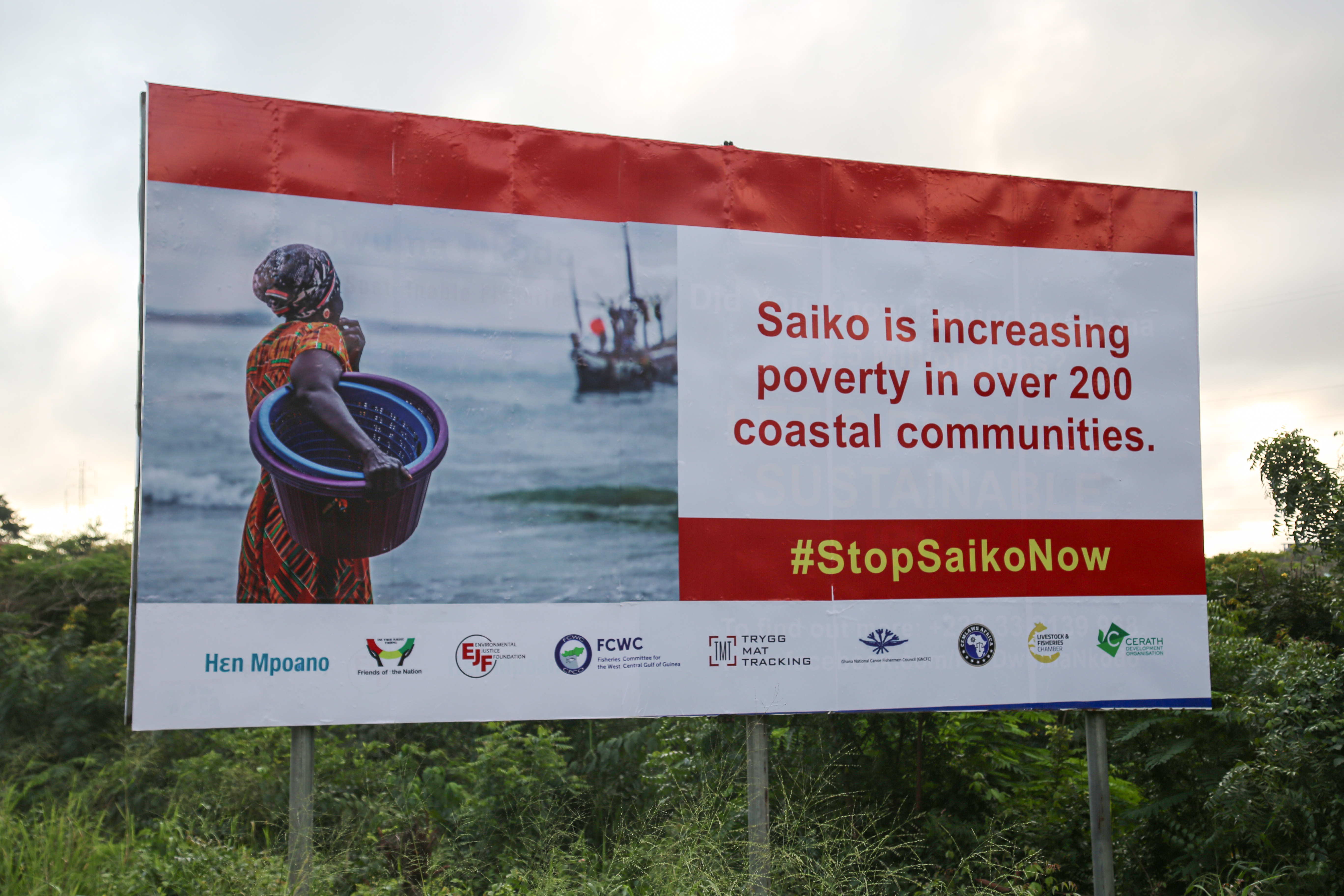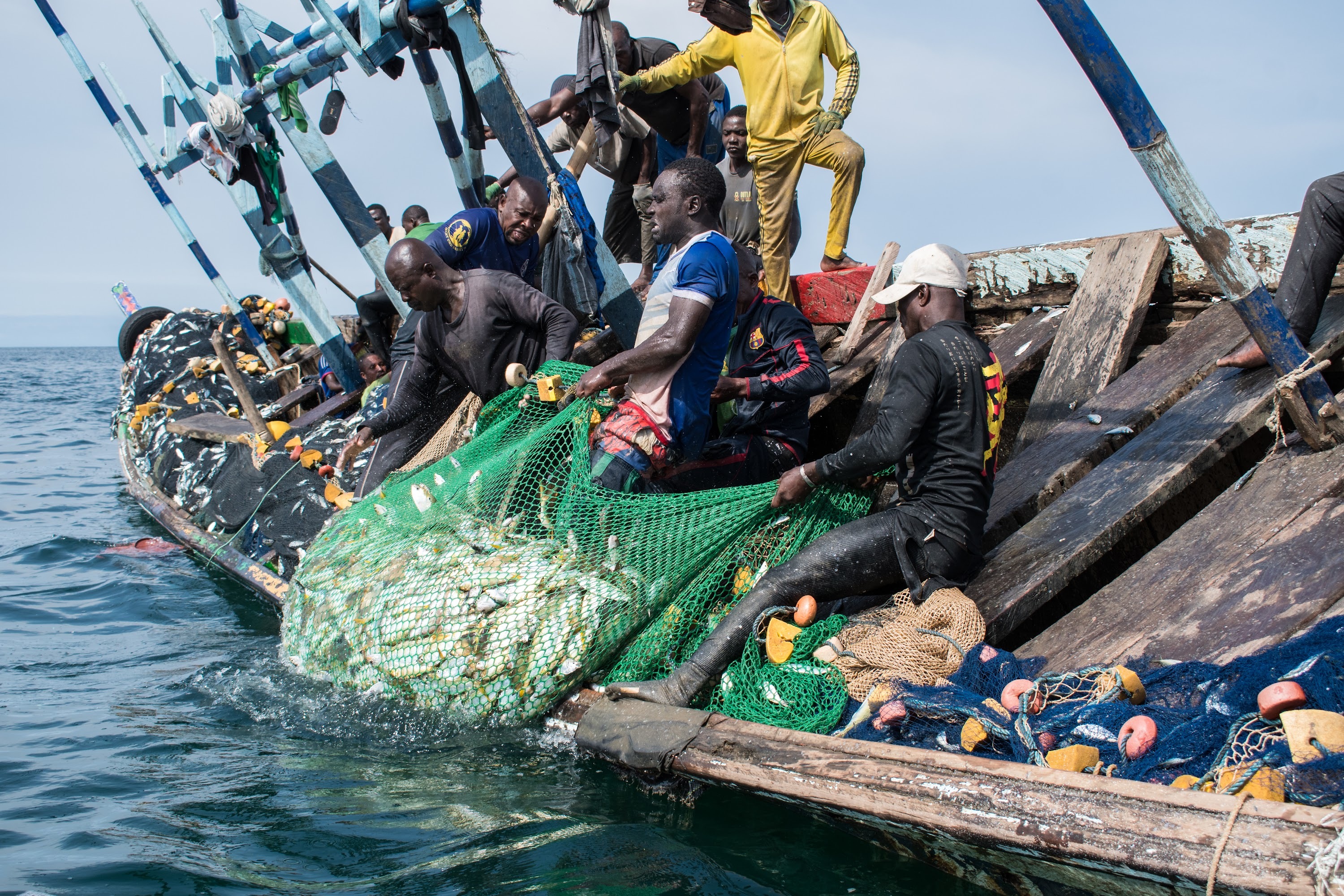Applying the SMART Advocacy framework to issues affecting small-scale fishing communities
Phase 1 - Build Consensus
Step 1 - Understand the landscape: Review both internal and external factors that may affect your success. Identify any evidence you may require to highlight the advocacy need or development, and any evidence needed to monitor success.
At this stage, NFAs can broadly map the relevant factors and contextual environment surrounding the issue they wish to advocate for. This will involve taking stock of what they know, what they need to know, what the possible challenges they may face, who the key actors are, and so on. For example, if fishers in their community are struggling to access affordable fuel, some examples of the type of information they will need to need to ascertain is: who is responsible for setting the price of fuel, what do regulations and laws say about how and where fuel is to be distributed, who will support a change to fuel distribution and who will oppose it, who are the regional and national bodies who can make decisions on this and who else in the country or area is campaigning for more equitable fuel access. Where fishers groups lack the capacity to retrieve this information, they should consider which organisations or individuals - for example local politicians, NGOs, academic institutions - may be able to ascertain more information for them.
Fishers groups should also ensure they obtain the thoughts and experiences of a wide range of their members and the communities they represent. Drawing on the above example of a lack of access to fuel, this would involve engaging with both those who are directly impacted by a lack of access to affordable fuel (i.e. fishers) and those who may be indirectly affected (e.g. women in the community who may be relied upon for providing additional finance). Gathering testimony from affected individuals can serve as useful evidence of the impacts of changing fuel prices, however, fishers groups should also consider what other evidence they can collect to support their aims.
Step 2 - Decide who to involve: Make sure all relevant stakeholders with the correct expertise and experience are involved.
Ahead of an advocacy campaign, fishers groups should consider which stakeholders may be able to assist them in creating, disseminating and supporting it. This should include a range of complementary skills and expertise. Examples of fisheries stakeholders could be: representatives of fishers, fish processors and fish traders, local or international NGOs or development organisations working on fisheries or with coastal communities in the country, academic departments who work on fisheries (many universities will have departments related to marine issues), religious or spiritual institutions, local and national politicians and government institutions, local media outlets etc.
Please see the additional resources for training on stakeholder identification and engagement.
Step 3 - Set a SMART objective: Determine the shared long-term advocacy goal, and set a SMART objective to attain incremental progress, or an advocacy success that contributes to achieving your goal.
A SMART objective should be: Specific, Measurable, Achievable, Realistic and Timebound. Fishers groups and their partners must consider what they can realistically achieve, what they would consider ‘success’ to look like, and within what time period they would like this to be achieved. For example, a coastal community which is faced with rising sea levels may advocate for government support to adapt to this issue. It is likely too ambitious for a campaign to have an entire community relocated within 6 months, however, advocating for some form of sea defence to be put in place within 18 months may be more achievable. Fishers groups may also wish to consider indicators of progress to help evaluate their advocacy progress along the way.
Phase 2 - Focus Efforts
Step 4 - Know the decision-maker: Identify the specific decision-maker(s) with the authority or power to achieve your objective. Build your strategy on acquired knowledge of the decision-maker.
In this step, fishers groups need to identify which decision-makers can ultimately make the changes that they are advocating for, and whether it is realistic that they can have a direct audience with them, or whether they should engage with members of the decision-makers team. It is worth exploring the networks of both the fishers groups and any partners identified through Step 2 for potential contacts of interest. Again, it is important that realistic targets are identified; attempting to engage a national minister of fisheries may not be worthwhile for a specific community level grievance, but a regional representative from an outpost of the ministry could be an ideal target for advocacy.
Once a decision-maker has been identified, fishers groups and their partners should develop an understanding of their target - are they experts in the subject matter? Have they historically engaged on the subject matter and if so, how did they act? What are their agendas or job roles and how can you frame your issue to align with them?
Step 5 - Determine the ask: Collate ethical, emotional and evidence-based arguments to support your advocacy ask, aligning it with the decision-maker’s priorities and interests. Develop a narrowed-scope message and determine the right messenger.
At this stage, fishers groups should consider refining their advocacy to better reflect their targeted decision-makers and the information obtained through previous steps - drawing on the ‘three e’s’ - ethical, emotional and evidence-based arguments. An example of this may be refining a broader advocacy campaign to stop community-level IUU fishing, to asking a subset of fishers to stop the practice of fishing using explosives. Fishers groups must consider whether ethical arguments ‘this practice is unjust because’, emotional arguments ‘this community is suffering because’, or evidence-based arguments ‘data suggests that this practice is harmful because’, or some combination of the three, are best suited to accomplish their aims. When deciding on who should be the ‘messenger’, again consider your audience and who they may respond best to - fishers within a community might be more likely to listen to community elders as opposed to academics or NGO workers, whereas local officials may be more likely to engage with NGOs than community members.
Step 6 - Create a work plan: Select specific advocacy actions to advance toward your SMART objective. Create a detailed plan with a timeline of assignments and necessary financial resources.
The first stage involves mapping the available resources that a fishers group and partners on an advocacy campaign have available to them. Resources in this instance refers to not just financial resources but also time, influence, platforms, access, data, and human resources. For example, a group may hold in-depth knowledge of an issue affecting their community, and be able to facilitate access, but lack the financial resources required to sufficiently address it or raise awareness. This deficit of financial resources might be able to be filled by NGOs, or other stakeholder groups.
Once this has been done, CMAs and their partners can create a detailed work plan - identifying who will undertake what role, with estimated costs and a timeline. The work plan should be distributed to all members of the group, with individual(s) selected to ensure that the plan is adhered to, and monitoring its progress.
Phase 3 - Achieve Change
Step 7 - Present the case: Prepare for a meeting with the decision-maker, with supporting communication products. Execute the work plan.
Fishers groups should consider which communication products will best support their advocacy campaign. When trying to influence a larger group of people, high-visibility approaches may be better suited such as billboards, radio shows or posters. For example, during EJF’s work to end the harmful illegal ‘saiko’ trade in Ghana, EJF and partners displayed billboards on prominent main roads near the hub of the trade in Ghana’s Central Region so as to raise awareness.

Effective communication is indispensable for groups to effectively advocate for their interests, raise awareness about pressing issues, and mobilise support for their cause. A vast array of platforms and opportunities are available to promote a message, with organisations using a range of conventional and modern methods (including various social media outlets) to access their targets.
Fishers groups should develop and implement effective communication strategies to achieve their objectives, influence policy decisions, and mobilise support for sustainable fishing practices. By defining clear objectives, identifying key audiences, crafting compelling messages, selecting appropriate channels, and evaluating outcomes, associations can strengthen their communication efforts and maximise their impact.
By prioritising effective communication management strategies, fishers groups are better able to advocate for the organisation’s interests and foster sustainable change for fishery management at a national or even international level. Please see the additional resources for training on communication management and advocacy strategies.
Alternatively, if the decision-maker is an individual, or a small number of individuals, fishers groups and their partners may want to prepare more detailed and tailored communications materials such as powerpoint presentations, or other materials. In Thailand, as part of EJF’s campaign to tackle the issue of ‘ghost nets’ (i.e. discarded nets that continue to ensnare marine life), EJF advocated in local schools to raise awareness of the issue amongst younger generations - bringing with them both examples of harmful nets, and the materials that EJF have recycled them into through the ‘Net Free Seas’ campaign.
In November 2022, EJF brought together 80 students and professors, as well as several relevant Senegalese stakeholders, including small-scale fishers and local authorities, at the Cheikh Anta Diop University in Dakar to discuss community surveillance. The event aimed to raise awareness on innovative and inclusive solutions to fight against IUU fishing amongst future leaders and fisheries managers.

Step 8 - Monitor the plan: Create a framework to monitor progress, identifying benchmarks and criteria to assess success and ensure the plan progresses. Ensure your plan is adaptable and flexible to new strategies when circumstances change.
The SMART Advocacy Framework acknowledges that advocacy campaigns can be complex, and successes may be incremental. To gauge progress, fishers groups should develop a set of indicators that would, for them, mark success. For example, in a community-level advocacy campaign to end blast fishing, metrics may be: reduced instances of blast fishing, an improved understanding of the harms of blast fishing reported amongst fishers, pledges received from blast fishers that they will stop the practice, a change in national policies on blast fishing, increased presence of authorities in the community following the advocacy campaign, or similar. Where possible, fishers groups should try and assign specific metrics to these, so as to better measure success - e.g. agreeing that 5 reports of blast fishing a month, from a baseline of 50 per month, would be considered a success.
Step 9 - Capture results: When you achieve an advocacy goal, celebrate and thank your decision-maker, document the successful process and evaluate your strategy in terms of what worked and what could have been better. Decide the next steps to restart the advocacy cycle.
On accomplishing some or all of their advocacy goals, fishers groups are encouraged to publicise their successes, which can build their legitimacy as an organisation, inspire other groups or community groups to organise and advocate and potentially appeal to organisations or institutions looking to fund grassroots or national-level campaigns. This can then enable groups to broaden their future advocacy efforts.
Simultaneously, fishers groups and their advocacy partners should reflect on the successes, failures and challenges faced during their campaign, and ensure that learning is entrenched and shared.so This will enable a higher chance of future advocacy efforts achieving the desired outcomes.

